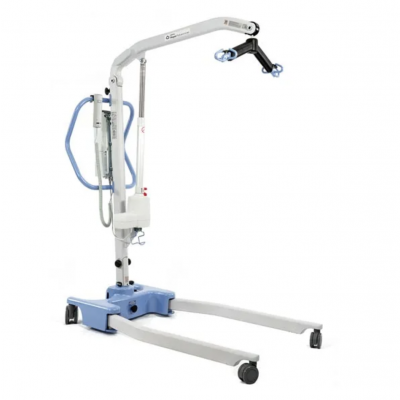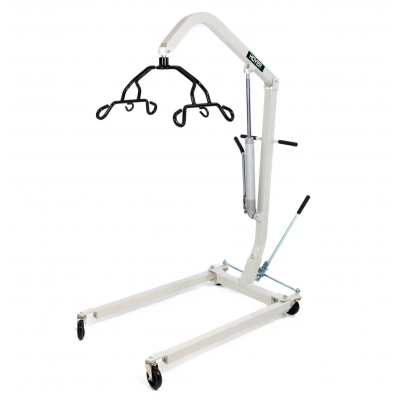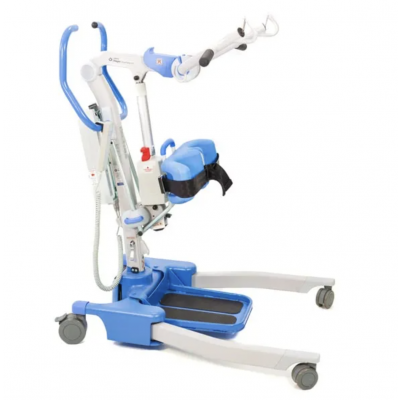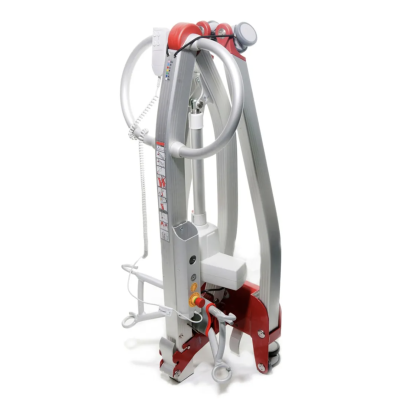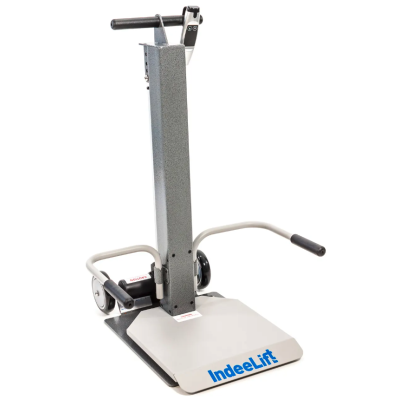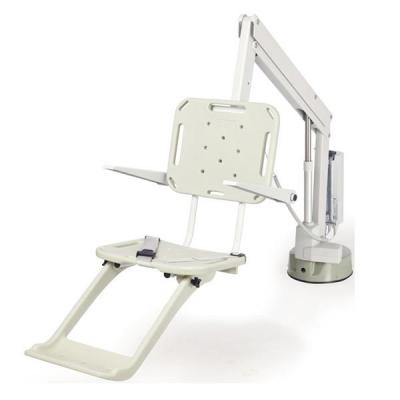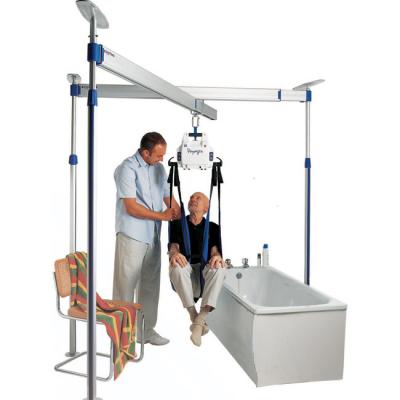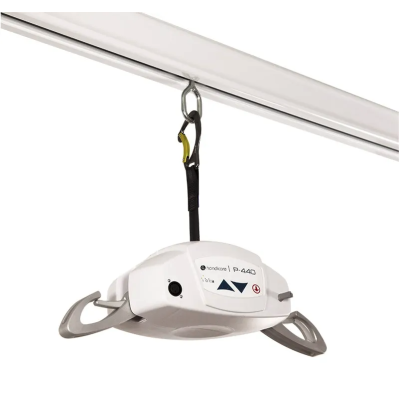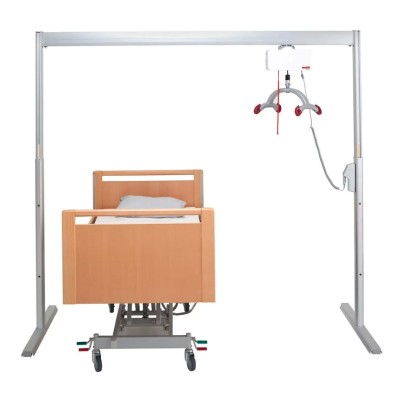 Protekt® Transformer Hydraulic Patient Lift
Protekt® Transformer Hydraulic Patient Lift- Hydraulic System with Electric Upgrade Option – Start with a manual lift and upgrade to powered functionality when needed.
- Easy to Maneuver and Transport – Designed for simple navigation around the home and quick disassembly for storage.
- Reliable Home Transfer Solution – Safe, secure lifting with a 400 lb capacity, ideal for everyday caregiving needs.
 Molift Transfer Pro
Molift Transfer Pro- Features a spacious handle and padded leg support for user comfort and secure transfers.
- Perfect for sit-to-stand transfers between beds, wheelchairs, or toilets in healthcare settings.
- Low step-in height with adjustable leg width for easy foot placement and user flexibility.
 Hoyer® Deluxe Hydraulic Patient Lift
Hoyer® Deluxe Hydraulic Patient Lift- Economically placed hydraulic pump handle
- Pump handle rotates for operation on either side of lift
- Adjustable U-legs for easy seating or toileting
 Protekt® Onyx Hydraulic Patient Lift
Protekt® Onyx Hydraulic Patient Lift- Spreader bar allows for the use of 4- or 6-point slings, safer patient handling and a wider range of transfers.
- High performance hydraulics raise and lower patients gradually and safely from any stationary position.
- Dual rear locking casters.
 Manual Hydraulic Patient Lift
Manual Hydraulic Patient Lift- Base opens with an easy hand lever
- 6-point cradle type
- Durable patient lift with an impressive weight capacity of 400 pounds and an economical price point
 Deluxe Hydraulic Patient Lift
Deluxe Hydraulic Patient Lift- 6 point Swivel Bar that can accommodate 2 or 4 sling straps plus 2 chain connections
- High-performance hydraulics raise or lower individuals gradually and safely from any stationary position
- Adjustable-width base
 QuickMove Sit-to-Stand Transfer Aid
QuickMove Sit-to-Stand Transfer Aid- Small and convenient
- Stimulates a natural movement pattern
- Adjustable buttock cushions that can be angled
 Genesis 400 Hydraulic Patient Lift
Genesis 400 Hydraulic Patient Lift- Can be disassembled for transport
- Quick-snap connections (no tools required)
- Rear casters lock
 Spryte Stand Aid Fixed Base
Spryte Stand Aid Fixed Base- Padded seat for safe transports
- Dual kneepads for secure transports
- Patient needs strength and stability
Manual patient lifts are cost-effective lifts which make patient transfers safer and easier for both the patient and the caregiver. Manual lifts tend to weigh less than powered lifts, and they're often easy to transport. These lifts are versatile and affordable, making them appealing options for many home and professional care settings.
Manual lifts include a hydraulic mechanism which allows the caregiver to power the lift by using a pump lever. The hydraulic action reduces the physical exertion required of the caregiver, letting them smoothly perform the patient transfer.
Because manual lifts do not require battery power, they are often slimmer than powered lifts and weigh less. When using a manual lift, you don't have to worry about making sure that the battery is charged in order to operate the lift.
Since manual lifts are without power, the base itself must be manually operated by the caregiver. Some lifts come with a foot spreading mechanism so that the caregiver can operate the base with one foot, rather than having to bend down and take their eyes off of the patient.
You will notice that manual lifts feature different handle designs to better help the caregiver steer and maneuver the lift. Some lifts feature handles with an ergonomic design to encourage the caregiver to naturally practice proper body mechanics during the transfer.
Manual lifts offer a distinctive financial advantage over powered lifts. Manual lifts tend to be more affordable than powered lifts, making them a practical choice for home care settings or for offices on a budget.
Patient transfers can potentially result in injury to both the patient and the caregiver. Manual lifts are a versatile way to make patient lifts safer while requiring less physical performance on the part of the caregiver.
